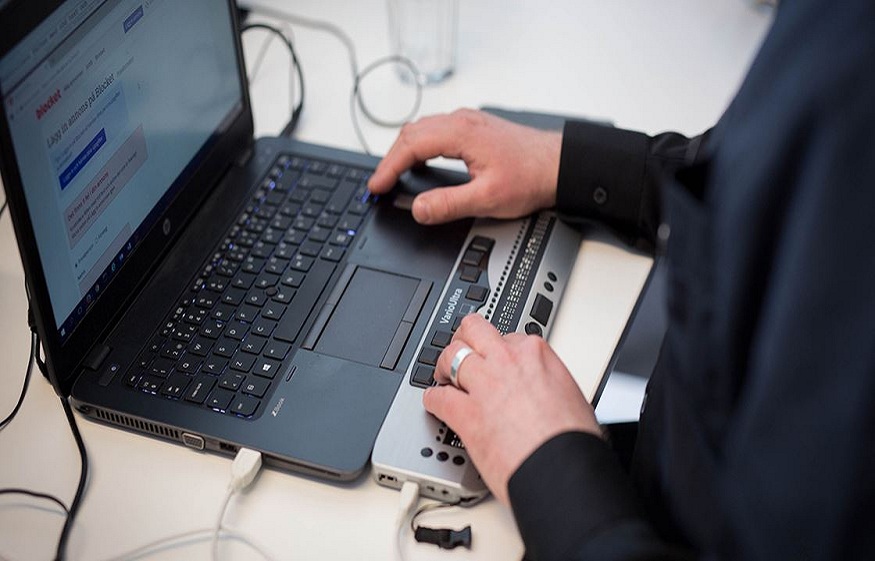When it comes to technology, something that is robust ideally comes with an expansive range of capabilities or has the capacity to deal with multiple, varying situations. As per Web Content Accessibility Guidelines (WCAG), robustness particularly refers to web content that is compatible with a distinguished variety of “user agents”. These user agents may imply to browsers, assistive technologies, and diverse other means of accessing online content. To meet the WCAG standards and make their website accessible, people can always get in touch with AccessiBe. This company specializes in AI-powered web accessibility solution that is designed to make web accessibility simple, automatic, immediate, and budget-friendly. They make use of artificial intelligence technologies to make websites compatible with screen readers
AccessiBe gives a general understanding of the aspect of robustness in web accessibility
A robust webpage must display content as intended by the author, function as the author intends, as well as is compatible with current and future browsers, web-enabled devices, and assistive technologies. People with disabilities may view and interact with a website through any browser, starting from Mozilla Firefox and Google Chrome to Safari and Microsoft Edge. There is a wide range of browsers used across the planet. Moreover, people with disabilities would also depend on varying types of assistive technologies like screen readers and braille terminals. They may even use certain software for text magnification and speech recognition. WCAG strives to make sure that a website is able to accommodate all these websites, and more.
Broadly speaking, WCAG 2.0 involves two major criteria for judging the robustness of a website, the first is parsing, and the second is name, role, and value. Parsing implies that the code and content of a website must be well-formed. For example, content written in a markup language like XML and HTML must have complete start and end tags. It must also nest elements correctly. Doing so would assist in preventing display issues and problems with assistive technologies.
The criteria of ‘Name, Role, and Value’ under WCAG 2.0 guidelines mentions that user interface components like form elements may have their own name, as well as be a role “programmatically determined” by assistive technology. Beyond this, people with disabilities may also use assistive technologies for the purpose of setting properties, values, and states on a website. The second robustness criterion can ideally be automatically satisfied if semantic elements are used accurately for their intended purpose. However, in case a website makes use of custom-built components, one would need to use WAI-ARIA roles to provide a description of the function of the element.
A lot of websites use dynamic content like status messages that are written in markup languages, and this content should be presented to users of assistive technologies without receiving a visual focus necessarily. For instance, if a user is checking out their social media feeds, they must be alerted of a new post without having the browser scroll up automatically to display it to them. AccessiBe solution has the capacity to scan, analyze, and understand the structure, element roles, and forms of a website, and subsequently make them compliant with the accessibility standards of WCAG in regards to robustness.

